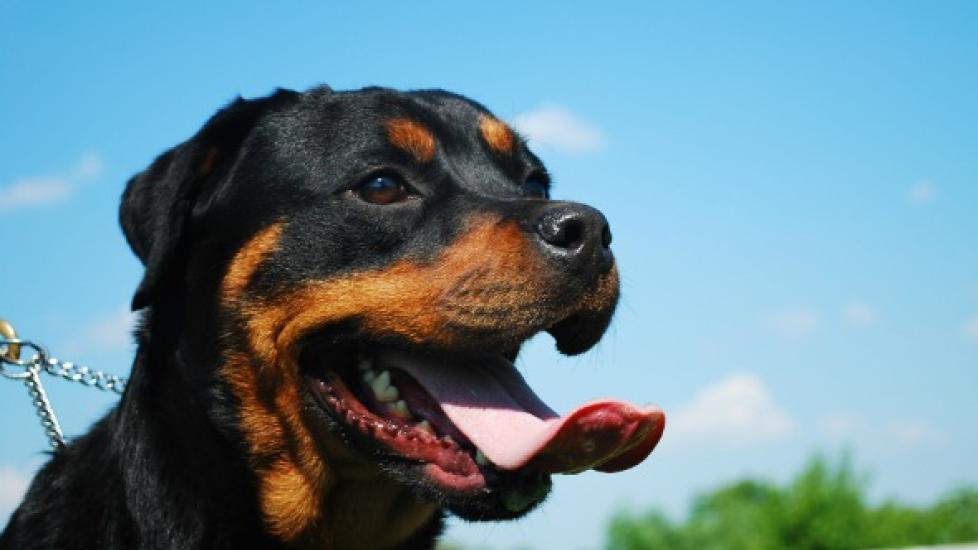Paralysis of the Jaw in Dogs
Trigeminal Neuritis in Dogs
Sudden onset of the inability to close the jaw owing to dysfunction of the mandibular (jaw) branch of the trigeminal nerves (one of the cranial nerves) is a treatable medical condition called trigeminal nerve neuritis (inflammation). This is often due to nerve injury, which ranges from neuritis, demyelination (loss of the fatty sheath around the nerve which helps conduct the signal), and sometimes to fiber degeneration of all the branches of the trigeminal nerve and the nerve cell body.
Although it is occasionally seen in cats, trigeminal neuritis is mainly an illness of dogs.
Symptoms and Types
- Acute onset of a dropped jaw
- Inability to close the mouth
- Drooling
- Difficulty in getting food in the mouth
- Messy eating
- No loss of feeling in the jaw or face
- Swallowing remains normal
Causes
The underlying cause of trigeminal nerve neuritis is currently uknown, though it is possibly immune-mediated
Diagnosis
Your veterinarian will perform a thorough physical exam on your dog, taking into account the background medical history, onset of symptoms and possible incidents that might have led to this condition. Your veterinarian will order a blood chemical profile, a complete blood count, a urinalysis and an electrolyte panel to rule out other diseases. Rabies is one of the more important disease conditions that will need to be ruled out. Diagnostic imaging like X-ray will be used to examine the skull and jaw bones, and bone marrow core biopsies and muscle biopsies can be used to rule out other possibilities for disease.
Treatment
The most effective treatment is supportive care. Your dog will need assistance with eating and drinking. If you are able to provide sufficient care at home, your dog may be treated as an outpatient, but if you cannot care for your dog, it will need supportive nutritional care in the veterinary hospital so that it is receiving adequate nutrients.
If your dog is still able to lap and swallow food that is offered, you can use a large syringe that is placed in the corner of the mouth to feed the dog water and pureed foods, with the dog's head slightly elevated so that it can swallow easily. Fluids can also be administered subcutaneously (under the skin). Feeding tubes are rarely necessary for maintaining adequate food intake, but may be used if your dog is unable to take anything into the mouth or swallow the food that is given.
Living and Management
This disease usually spontaneously resolves after 2-4 weeks. One result of this disease is shrinkage of the muscles used for chewing. Once the condition has stabilized and your dog is able to move its jaws normally again, you can help your dog to strengthen the jaw muscles. Your veterinarian will recommend exercises for doing this based on your dog's overall health and age.
